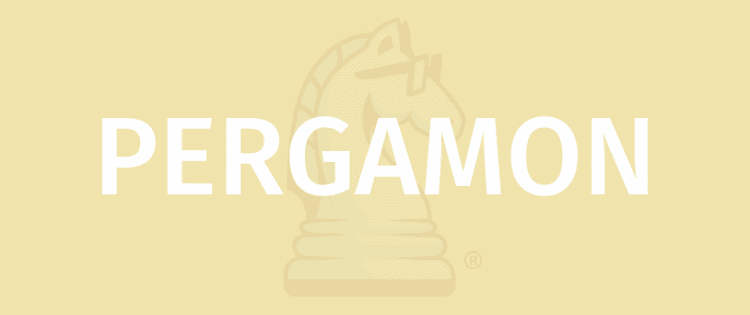
OBJECTIVE OF PERGAMON: The objective of Pergamon is to be the player with the most valuable collection when the game comes to an end.
NUMBER OF PLAYERS: 2 to 4 Players
MATERIALS: 1 Gameboard, 4 Reminder Cards, 1 Tomb Raider, 36 Admission Tickets, 24 Research Fund Cards, 60 Square Tiles Finds, 12 Angular Markers, 12 Circular Markers, 4 Player Figurines, and Instructions
TYPE OF GAME: Set Collection Board Game
AUDIENCE: Ages 10 and Up
OVERVIEW OF PERGAMON
Throughout Pergamon, players take on the role of archaeologists from the late 1800’s. The ancient city of Pergamon is being uncovered, and everyone is competing for the best collection. Players must try to earn federal grants that will cover the cost of their explorations. First come, first dig is the name of the game. Who will earn all the glory for finding this ancient city?
SETUP
To begin setup, place the board in the middle of the playing area. The twenty-four research funds cards are shuffled and placed beside the game board to create the drawing pile. The sixty finds are shuffled and placed in piles that contain five cards each. Each pile of five cards is placed on the twelve spots on the calendar.
The coins are then placed to the side of the game board, and the victory points are placed on the empty spaces below the calendar. Every player will choose a color to represent them throughout the course of the game. They will then collect a figurine of their color, a reminder card, three circular markers, and three angular markers. The game is ready to begin.
GAMEPLAY
The game consists of twelve turns, with each turn consisting of four phases. These include the laying out finds phase, the distribution phase, the excavating, exhibiting, and storing phase, and the evaluation phase.
During the first phase, the players will place new finds on their excavation sites. The first stack of finds on the calendar are revealed, and they are then organized by their age. The youngest find is placed on the first gallery, all the way to the oldest, which is placed on the last gallery. There can be no more than four finds on a gallery at once.
In the second phase, the players will determine their funding by drawing two funding cards. Once they know their funding, the players will place their figurines in clockwise order, beginning with the first player. There may only be one on each space at a time. The space that the player occupies determines which gallery they are allowed to excavate and exhibit. The players will choose to store or exhibit their findings before allowing the next player to begin their turn.
Finally, the evaluation phase will be completed. The number of victory points that is awarded is equal to the spaces that their circular markers are placed on the exhibition plan. The game will continue in this manner until twelve rounds. Have been played.
END OF GAME
The game comes to an end after twelve rounds of gameplay. The players will tally their victory points from their collections and the oldest bracelet. The player with the oldest museum exhibit wins three additional victory points, the second wins two, and the third wins one.
The player with the most victory points, wins the game!
- 20 CLASSIC OUTDOOR GAMES FOR KIDS - January 3, 2023
- 10 FUN VIRTUAL GAMES THAT ARE PERFECT FOR GROUPS - October 5, 2022
- 35 BABY SHOWER GAMES - September 3, 2022